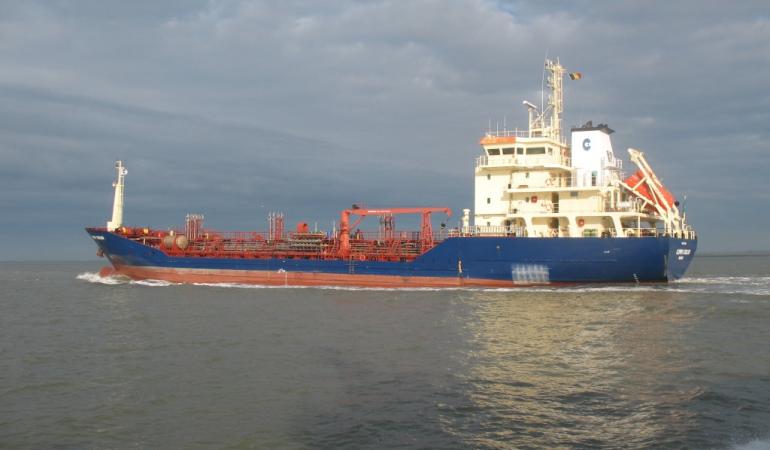
Existing environmental standards are not exceeded by the discharge of scrubber wastewater from seagoing vessels. This can be concluded from RIVM research commissioned by the Ministry of Infrastructure and the Environment. It is the first time that RIVM has carried out research into these type of discharges.
The RIVM report describes the potential risks of emissions from exhaust gas cleaning systems (EGCS) on marine water and sediment quality. RIVM performed an exploratory study on the environmental risks for marine water and sediment in Dutch territorial seas and harbours, including the Caribbean Netherlands.
Scrubber discharges
By international rules the amount of sulphur in fuels for seagoing vessels is limited. To be able to use fuels that contain more sulphur, many seagoing vessels have installed a ‘scrubber’ to remove sulphur from exhaust gases which is collected in wastewater. Other contaminants are also collected in the wastewater and discharged.
At an international level, there has been much discussion about the use of scrubbers and the requirements these scrubbers must meet. This study is a first initiative to assess the effects of scrubber wastewater on the Dutch marine environment.
Three types of areas investigated
The main contaminants in the scrubber wastewater are metals and polycyclic aromatic hydrocarbons (PAH). RIVM used a computer model to calculate the amount of contaminants that end up in the water and calculations were performed for three areas: a large seaport, such as Rotterdam, a heavily sailed area of the North Sea, and an area in the Caribbean with vulnerable nature, such as the Saba Bank. The calculations did not include pollutants already present in the environment. In order to determine local effects more precisely, these substances should also be included. In addition, it is important to assess whether current environmental standards offer sufficient protection to vulnerable areas, such as the Saba Bank.